
Electrical/Firmware Engineer, maker, traveler. @unnamed_show co-host. https://t.co/E8DRB4f3uB
How to get URL link on X (Twitter) App




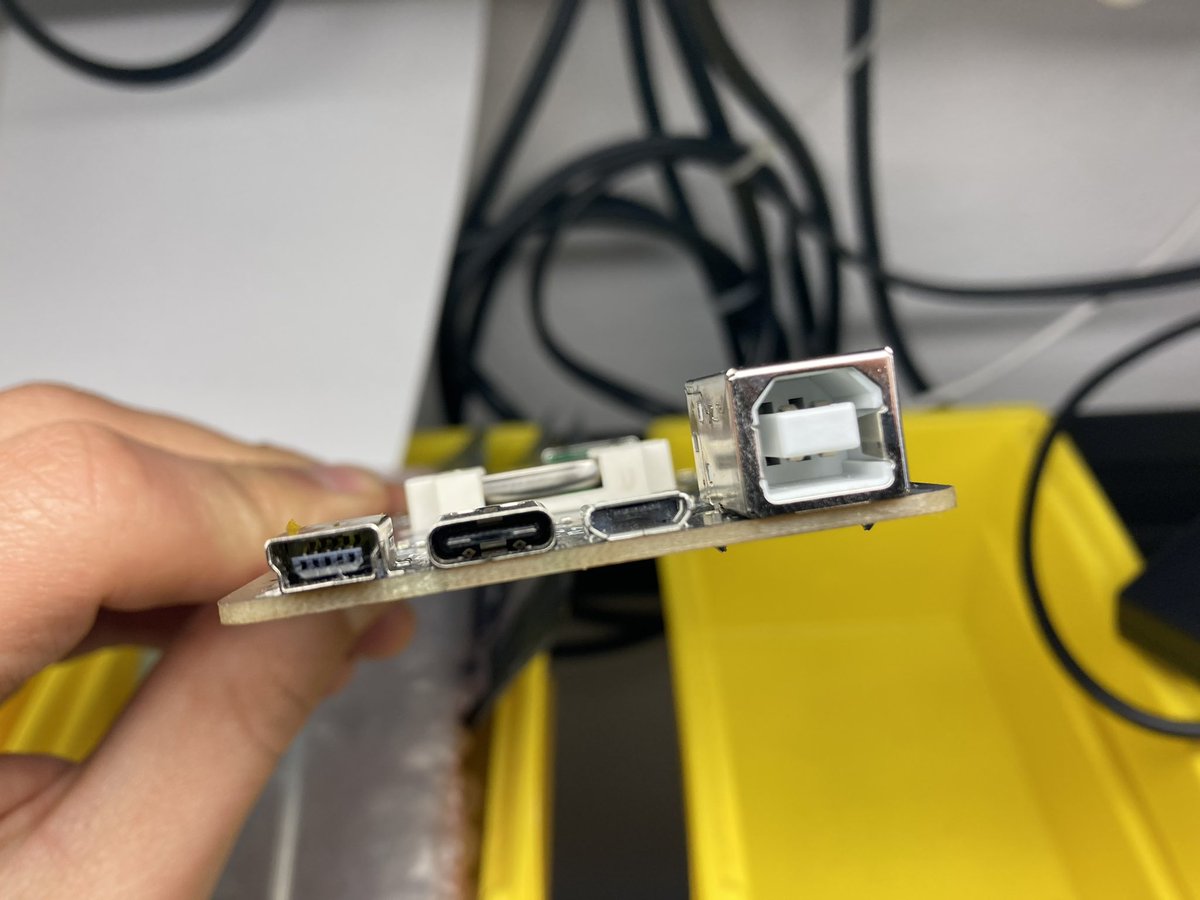 Connect your cable to both sides and the signal LEDs will light up if they are connected. Here’s an example of a USB2 cable and a thunderbolt 3 cable.
Connect your cable to both sides and the signal LEDs will light up if they are connected. Here’s an example of a USB2 cable and a thunderbolt 3 cable. 

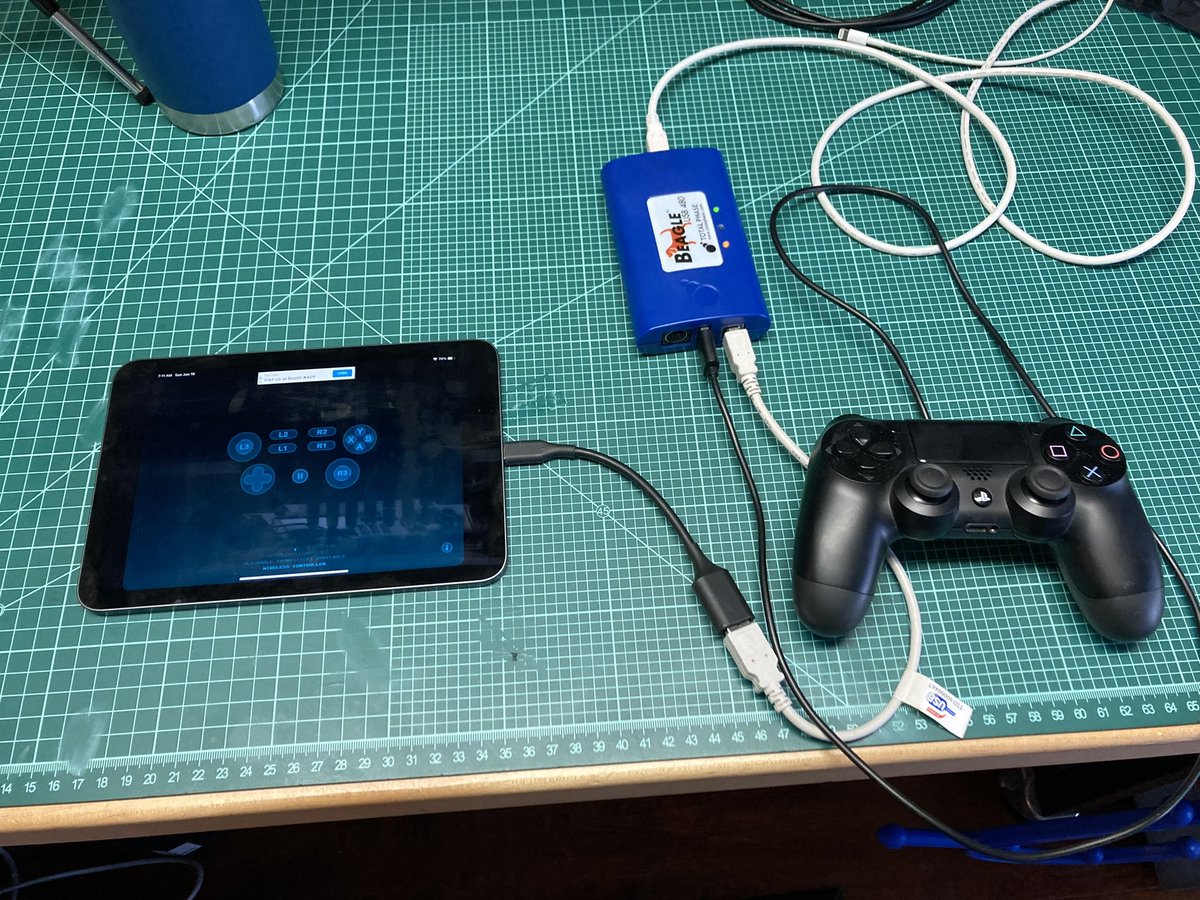

 The USB-C specification(usb.org/sites/default/…) has a section B - Debug Accessory Mode. It explains how to "support" DAM. In short, if both CC1 and CC2 are pulled up (usually, only a single one is) a device can enter DAM. While in DAM, the following signals can be repurposed:
The USB-C specification(usb.org/sites/default/…) has a section B - Debug Accessory Mode. It explains how to "support" DAM. In short, if both CC1 and CC2 are pulled up (usually, only a single one is) a device can enter DAM. While in DAM, the following signals can be repurposed: 


 The project starts with a 555 timer to generate a 10kHz clock source using two resistors and a capacitor.
The project starts with a 555 timer to generate a 10kHz clock source using two resistors and a capacitor. 




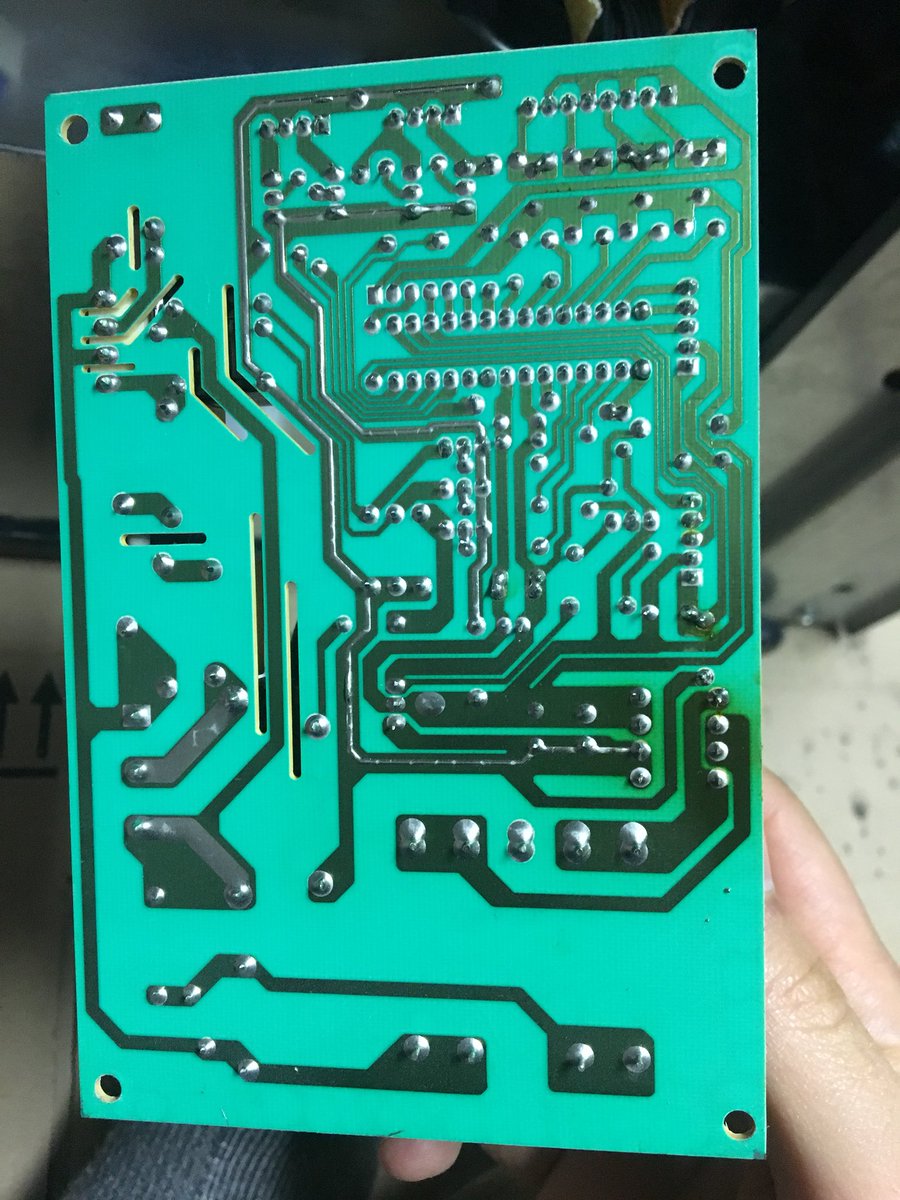
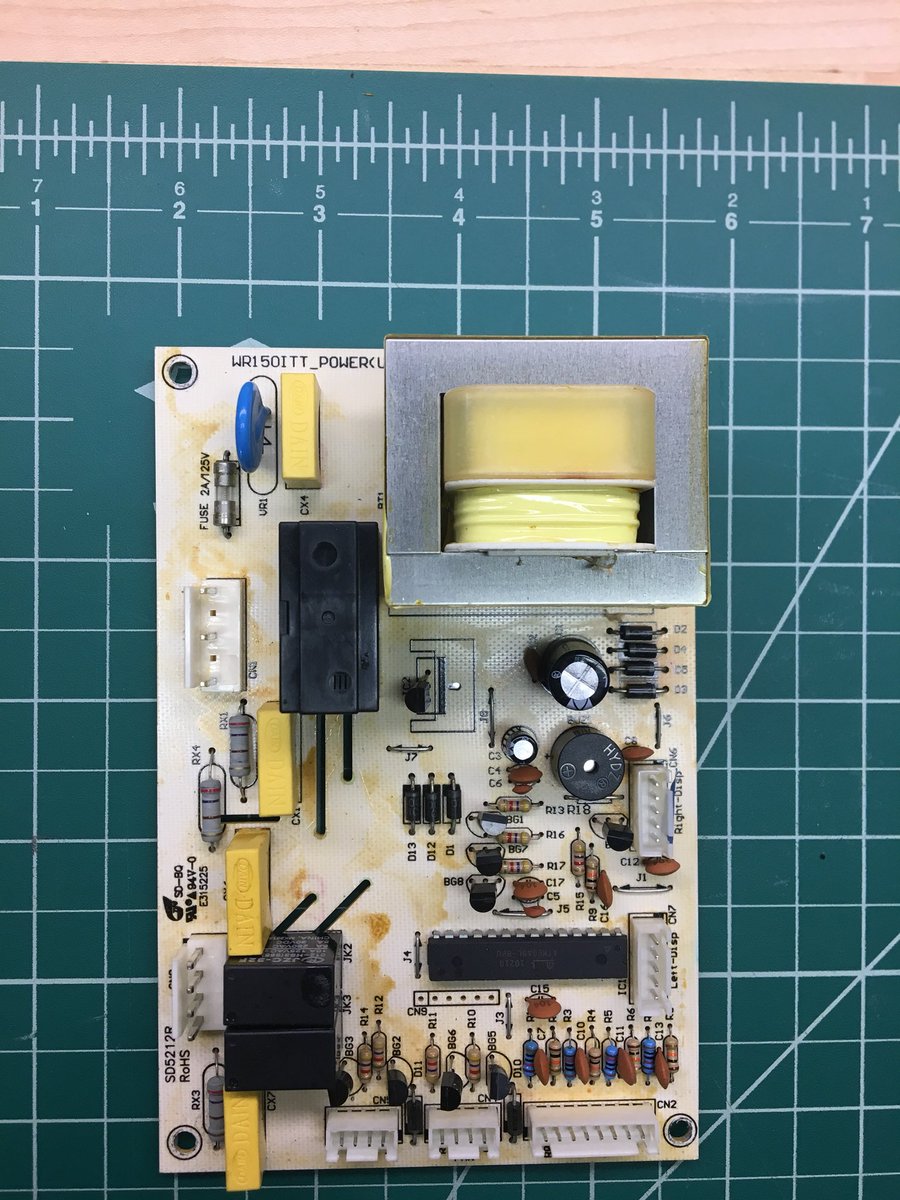
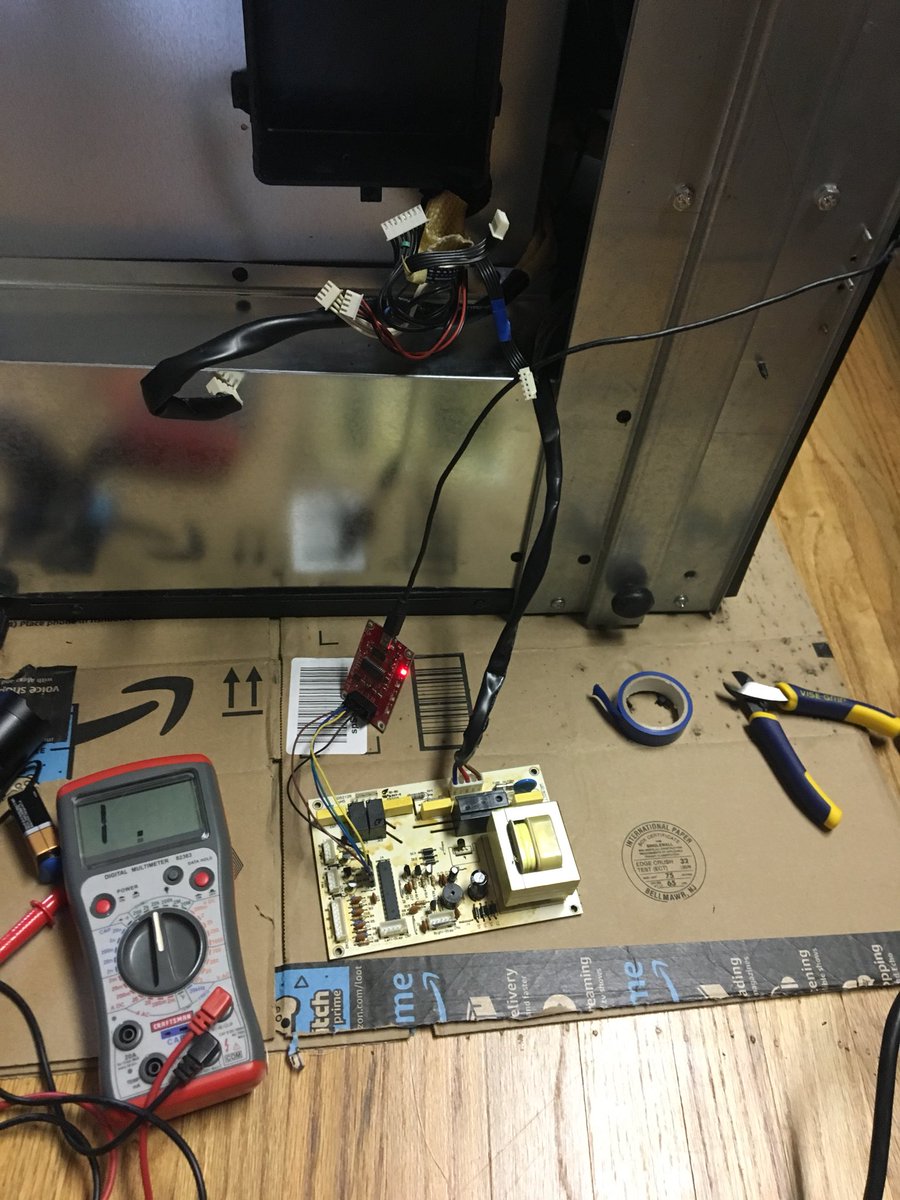 They seem to have used the most brittle plastic possible. Tried re-attaching the board and the posts broke off.
They seem to have used the most brittle plastic possible. Tried re-attaching the board and the posts broke off.


